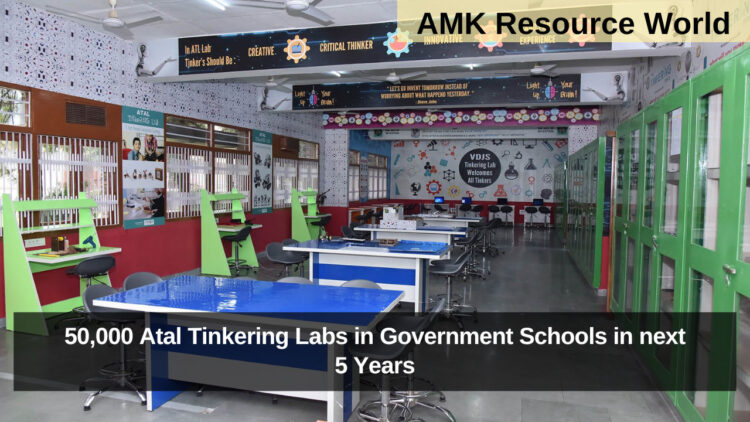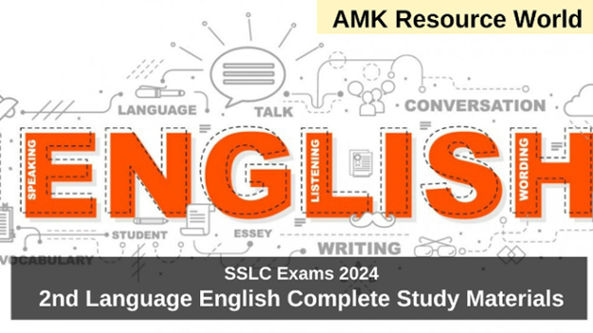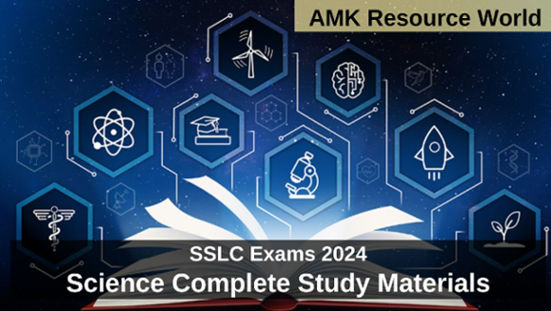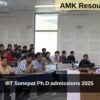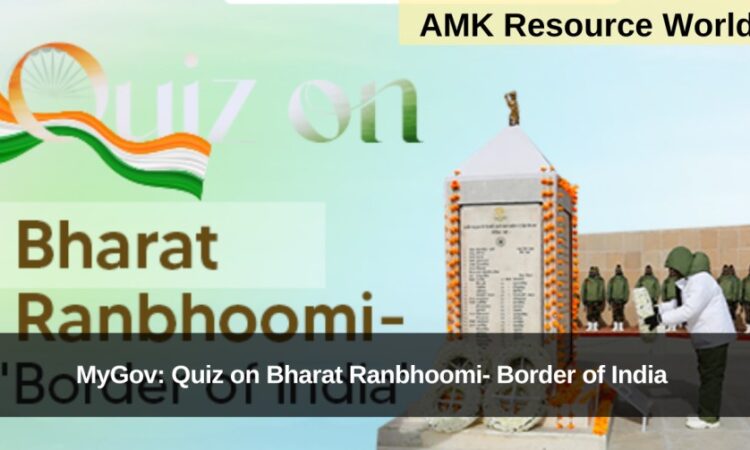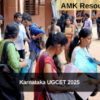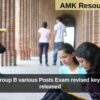While presenting the Union Budget 2025-26 in the Parliament, the Union Minister for Finance and Corporate Affairs, Smt. Nirmala Sitharaman announced to set up Fifty thousand Atal Tinkering Labs in Government schools in next 5 years to cultivate the spirit of curiosity and innovation, and foster a scientific temper among young minds.
This initiative, spearheaded by NITI Aayog’s Atal Innovation Mission (AIM), aims to revolutionize STEM (Science, Technology, Engineering, and Mathematics) education, nurture innovation and creativity among students, and bridge the digital divide in school education
WHAT ARE ATAL TINKERING LABS?
Atal Tinkering Labs (ATLs) are state-of-the-art learning spaces set up in schools to encourage students to explore and develop innovative solutions to real-world challenges. These labs are equipped with cutting-edge tools such as 3D printers, robotics kits, IoT (Internet of Things) devices, artificial intelligence (AI) modules, and do-it-yourself (DIY) kits. They provide hands-on experience in electronics, mechanics, and computing, allowing students to design, prototype, and build their own projects.
The initiative aligns with the National Education Policy (NEP) 2020, which emphasizes experiential learning, problem-solving skills, and a multidisciplinary approach to education. By integrating STEM education into mainstream learning, ATLs are expected to shape the next generation of scientists, engineers, and entrepreneurs.
OBJECTIVES OF EXPANDING ATLS TO 50,000 SCHOOLS
Promoting Innovation and Creativity: ATLs provide an environment for students to experiment and innovate, fostering critical thinking and problem-solving skills. By engaging in hands-on projects, students learn to apply theoretical knowledge in practical scenarios.
Bridging the Digital Divide in Education: Government schools, especially in rural and underprivileged areas, often lack access to modern technology and scientific resources. The expansion of ATLs will ensure equitable access to STEM education across urban and rural schools.
Encouraging Entrepreneurship and Startups: ATLs nurture young entrepreneurs by allowing students to design and prototype innovative ideas. The initiative aligns with the Startup India Mission, encouraging grassroots-level innovations.
Enhancing Future Job Readiness: With advancements in AI, automation, and digital technologies, future jobs will demand technical proficiency and innovation skills. ATLs will prepare students for emerging careers in science and technology.
EXPECTED IMPACT OF ATLS ON EDUCATION AND INNOVATION
Transforming Traditional Learning into Experiential Learning: ATLs will shift the focus from rote memorization to hands-on learning, making education more engaging and meaningful. Students will learn by experimenting, failing, and improving—a key principle in innovation.
Boosting STEM Education in Rural India: By providing high-tech labs in government schools, students from underprivileged backgrounds will have access to the same educational resources as urban schools. This will encourage scientific curiosity and technological literacy among rural students.
Cultivating an Innovation Ecosystem: The establishment of 50,000 ATLs will create a widespread innovation culture across the country. Students will be encouraged to participate in national and international innovation competitions.
Encouraging Women in STEM: ATLs will play a crucial role in increasing female participation in STEM fields by providing equal opportunities for girls to explore technology and innovation. Schools will be encouraged to run special programs to promote women’s empowerment in science and engineering.
CONCLUSION
The government’s initiative to establish 50,000 Atal Tinkering Labs in government schools over the next five years is a transformative step in Indian education. By integrating STEM learning, innovation, and digital technology into school curricula, ATLs will empower students with 21st-century skills, preparing them for future careers in science, technology, and entrepreneurship.
Through strategic planning, funding, and partnerships, this initiative has the potential to reshape India’s education landscape, making innovation accessible to students from all socio-economic backgrounds and positioning India as a global leader in STEM education and research.
